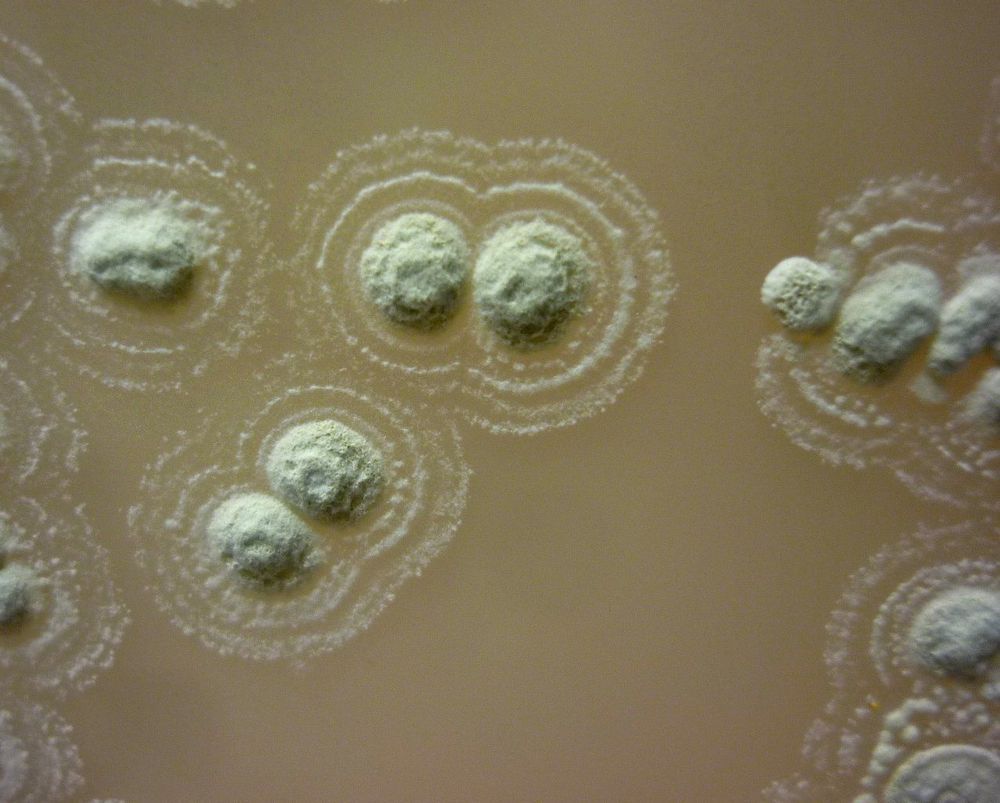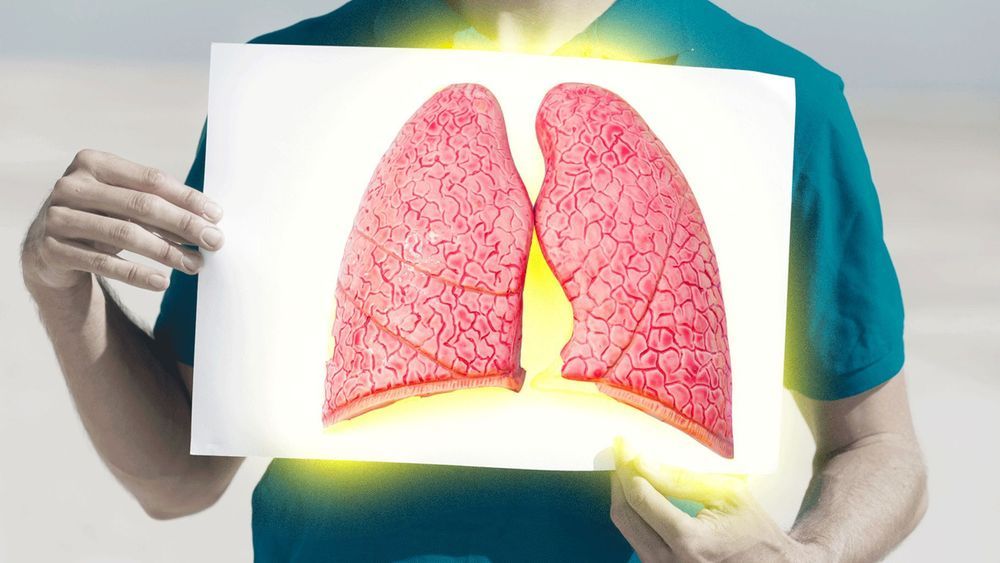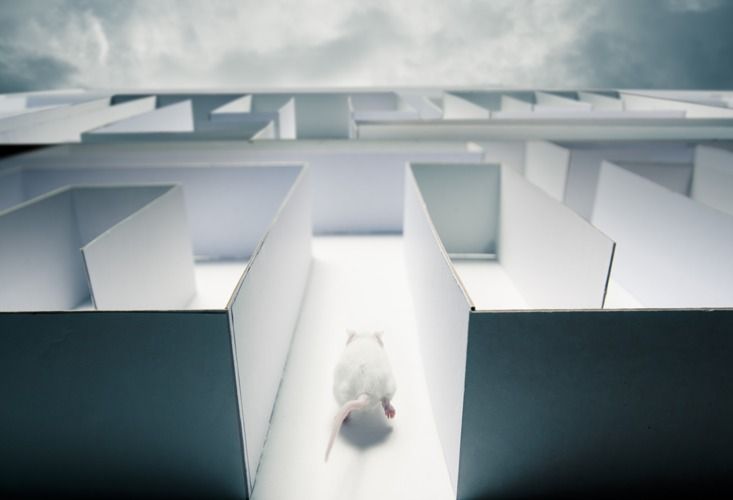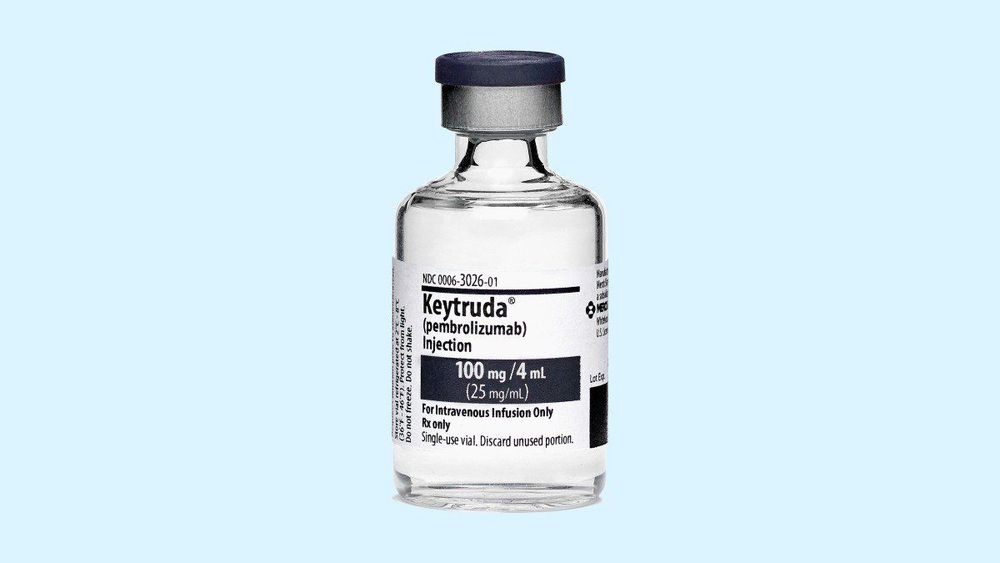A team of Florida State University researchers has unlocked a decades-old mystery about how a critical cellular process is regulated and what that could mean for the future study of genetics.


Death’s Dress Rehearsal: Virtual Reality Explores Dying In A Hospice : Shots — Health News A Maine medical school and nearby hospice center are trying out a VR program aimed at fostering more empathy for dying patients among health workers-in-training. Not everyone is sold on the idea.

Professor Paul Dyson of Swansea University Medical School said:
“This new strain of bacteria is effective against 4 of the top 6 pathogens that are resistant to antibiotics, including MRSA. Our discovery is an important step forward in the fight against antibiotic resistance.
Our results show that folklore and traditional medicines are worth investigating in the search for new antibiotics. Scientists, historians and archaeologists can all have something to contribute to this task. It seems that part of the answer to this very modern problem might lie in the wisdom of the past.”

A class of drugs used to treat certain breast cancers could help fight lung cancers that have become resistant to targeted therapies, according to a study conducted in mice.
The study, published in the journal Cell Reports, found that lung tumours in mice caused by mutations in a gene called EGFR shrunk significantly when a protein called p110a was blocked.

Physics grappled with the question of whether space is absolute or relative for centuries, before deciding in favor of relativity. But, it is only in recent years that the brain sciences have begun to discuss a parallel set of questions. For many years now, absolute space has ruled neuroscience. In the visual system, for example, it has long been assumed that there are two channels of information flow.4 The first is the “what” channel, carrying information about the identity of objects that an animal sees. The second is the “where” channel, containing information about the absolute position of these objects. It was believed that the “what” channel contained no positional information at all. However, recent work has shown that while no information about the absolute position of an object is present in this channel, there is relative position information.5,6 This relative positional information is likely to be very important for object recognition.
The first pieces of the brain’s “inner GPS” started coming to light in 1970. In the laboratories of University College London, John O’Keefe and his student Jonathan Dostrovsky recorded the electrical activity of neurons in the hippocampus of freely moving rats. They found a group of neurons that increased their activity only when a rat found itself in a particular location. They called them “place cells.”
Building on these early findings, O’Keefe and his colleague Lynn Nadel proposed that the hippocampus contains an invariant representation of space that does not depend on mood or desire. They called this representation the “cognitive map.” In their view, all of the brain’s place cells together represent the entirety of an animal’s environment, and whichever place cell is active indicates its current location. In other words, the hippocampus is like a GPS. It tells you where you are on a map and that map remains the same whether you are hungry and looking for food or sleepy and looking for a bed. O’Keefe and Nadel suggested that the absolute position represented in the hippocampal place cells provides a mental framework that can be used by an animal to find its way in any situation—be that to find food or a bed.
Over the next 40 years, other researchers—including the husband and wife duo of Edvard and May-Britt Moser—produced support for the idea that the brain’s hippocampal circuitry acts like an inner GPS. In recognition of their pioneering work, O’Keefe and the Mosers were awarded the 2014 Nobel Prize in physiology or medicine. You’d think that this would mean that the role of the hippocampus in guiding an animal through space was solved.


Thousands of people got a particularly crummy gift this Christmas: A warning that they could have been exposed to dangerous bloodborne diseases like HIV and viral hepatitis while receiving care at the hospital.
On Tuesday, NBC News reported that the HealthPlus Surgery Center in Saddle Brook, New Jersey sent letters to more than 3,700 patients who had visited it between January 1st to September 7th. According to the letter, obtained by NBC News, an investigation by the New Jersey Department found that HealthPlus staff often failed to properly sterilize surgical tools between uses or otherwise neglected infection control procedures, raising the risk that patients could have gotten bloodborne infections.

An Israeli company says it has developed a targeted radiation treatment that it claims can cure cancerous tumors.
“This is the first time in the world that you can treat solid tumors with alpha radiation,” Alpha Tau Medical’s CEO Uzi Sofer told the Times of Israel.
The technology called Diffusing Alpha-emitters Radiation Therapy, or DaRT, uses a needle to inject tumors with a radioactive seed that releases a high-energy dose of alpha radiation that destroys the tumor. The healthy tissue surrounding the tumors is left unharmed.

Ghrelin, the hormone that makes you hungry, also makes food, and food smells, irresistibly appealing. Karen Hopkin reports.
‘Tis the season…for overeating! But it’s not just your lack of willpower or the omnipresent holiday treats. No, you can lay some of the blame on ghrelin. Because a new study shows that ghrelin, the hormone that makes you hungry, also makes food…and food smells…irresistibly appealing. The finding appears in the journal Cell Reports. [Jung Eun Han et al, Ghrelin Enhances Food Odor Conditioning in Healthy Humans: An fMRI Study].